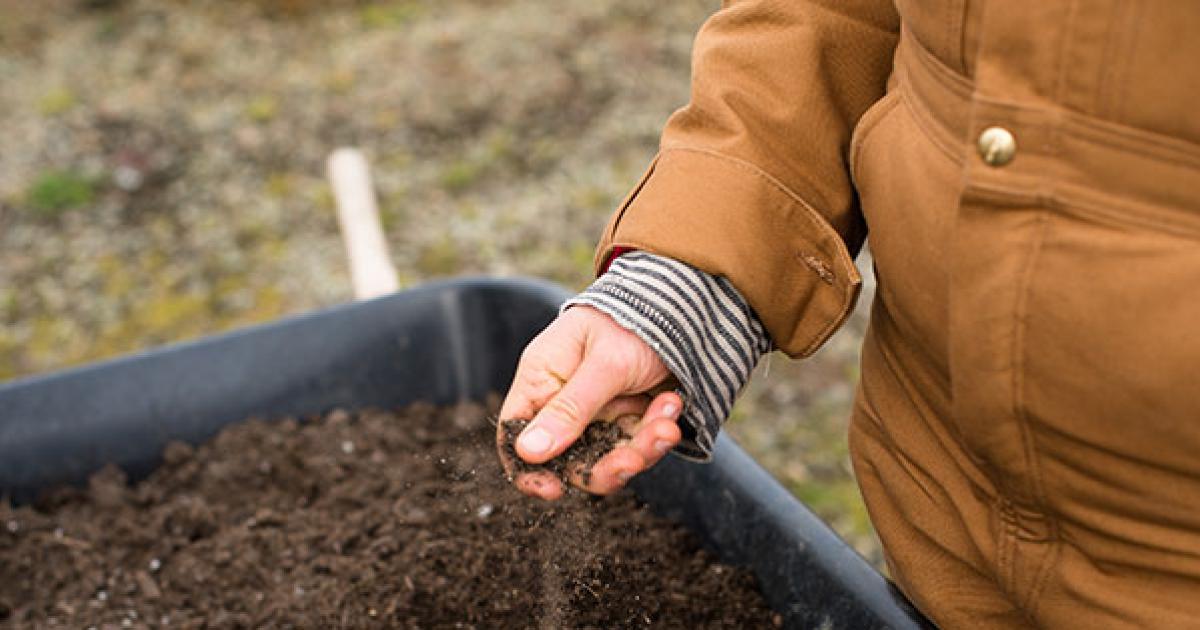I got a few rooted clones that are very young and small (around two to three inches tall) in peat pellet that kept dying after a week once they were transplanted into solo cups. I transplanted them after several roots poked through the peat pellet netting. After I transplanted them in solo cups with HP Promix with some EWC and kelp meal, the remaining leaves would start yellowing, dry out, and then the whole clone died. I kept the solo cups in the clone tray and dome a few days before I move them outside the dome. I water these clones a bit after they were put in the solo cups. This happened 3 times already. I can't figure this out.
How do you guys do it if you use peat pellet? Should you leave the transplanted clones in the dome for another week so the root system would get bigger? Maybe the lighting is too strong?
However, I have successfully transplanted bigger clones (5 to 6 inches tall) into solo cups and they grew normally. So, there's something I must be missing when transplanting these smaller clones into solo cup.
The only things I can think of are:
1) They need to stay in low light for another week?
2) They need to stay in the dome for another week?
3) I might have over or under water them?
Hey
@unfiltered how goes it?
When you cut your clones, are you completely saturating the soil in the cups after they are transplanted? They don't just get watered at my house, I wait til they are dripping wet and have an area where I let them sit at after I water them after they are taken to allow cups to have some run off for a few mins before they are placed in a metal grow cabinet where my seedlings and clones stay at.
I take my cuts in the dark 1hr after lights out like a tweaker, lol, they seem to really benefit from this and at least 4 1/2hrs darkness afterwards, the plants don't slouch over like the ones I've taken during lights On, they stand taller from day one with this method.
In the solo cup I found I would need to rehydrate the cup on about 4th-5th day mark after being cut and watered, I found its best to simply water the container until moderate saturation is achieved, but I will advise it's best not water until water comes out the bottom on the 4th-5th day, you just want to maintain the moisture content to a healthy level, but not drenched, otherwise it could cause the clone to drown, which is easy when the roots are still trying to come out and beginning to develop. It's more about maintaining a constant moisture level with clones, for about the first 10 days, after then it can be allowed to start to dry more between waterings afterwards.
I didn't do anything special to my clone cups, I just had one 1/4 hole in the bottom right in the center of them, this allowed for a tiny reservoir on water to exist on the sides on the bottom, not sure if that made a difference or not. Might just water on the 4th day if it's a warmer environment, water on the 5th day if is cooler, might have to make your own call as to when is best in that aspect.
Helps to provide some bottom warmth for the first few days, if the soil is around 75-80 degrees they can root faster this way, however I'm starting to wonder if a 3-6hr period of gestation should be allowed before bottom heat is applied... something I'm not absolute sure on yet.... room temp soil is typically around 60 degrees, just a bit too cold for optimal rooting growth, so I'd probably look into that also.
If you don't want to use a dome, just find a way to add extra moisture to the environment, in my metal cabinet, I just add a few extra cups of water to the area to increase the moisture levels in the whole cabinet just a bit, and I like this way better became I don't have to fiddle around with domes and what not, works alright.
I don't have much experience with peat pellets, but I really don't like any pre-made substrates personally, I use real dirt and 2 types of promix combined (distilled dirt from winter harvest 1ft below surface is where I dug from) and I allow it to simmer for about 1month before use. Wish I could be more helpful to beginners in this aspect, but I'm mostly old fashioned when it comes to growing, main reason I enjoy growing in soil so much, so I can only advise where I'm able in this regard, I have heard good things about rapid rooter plugs, but I have not tried a pre-made cloning plug myself, always just made my own blend and it worked out good, if you wonder if it's good soil to clone with, germinate some other seeds like peppers or tomatoes first and see how things grow in it first, if plants thrive in it with no issues, the clones shouldn't have any issues either, least that's been my experience so far.
Let me know if you've got any extra questions, and I'll try and help out further if I'm able. Cheers.


 .
.